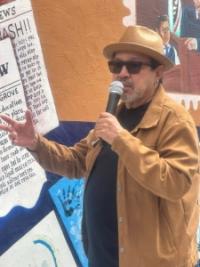PROBATION’S NEW HEALTHCARE UNIT WILL ENHANCE MEDICAL SERVICES FOR YOUTH

By Yvette Urrea Moe, County of San Diego Communications Office
August 15, 2025 (San Diego) -- County Probation has created a new integrated Healthcare Services unit with the goal of enhancing the care and support given to youth in detention facilities and both youth and adult clients under Probation supervision. To that end, a new medical director and a healthcare operations manager have joined the Probation team.
“The establishment of this unit is important because it will help address disparities in healthcare and improve health outcomes for our clients after their release,” said Tamika Nelson, Chief Probation Officer. “The money saved will be directed toward enhancing other programs and services Probation provides for our clients to help them successfully transition back into the community.”




